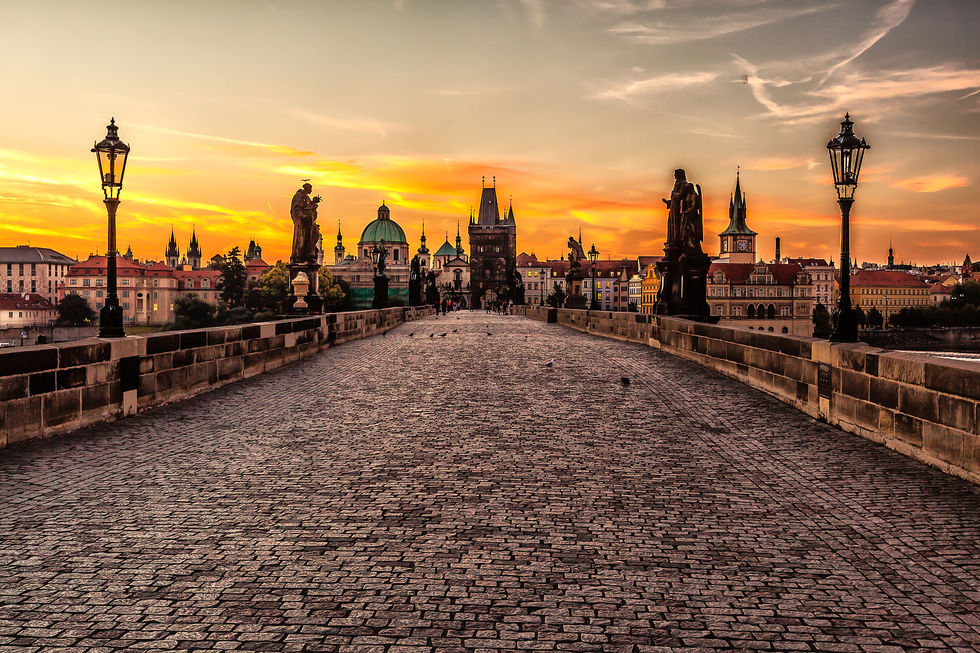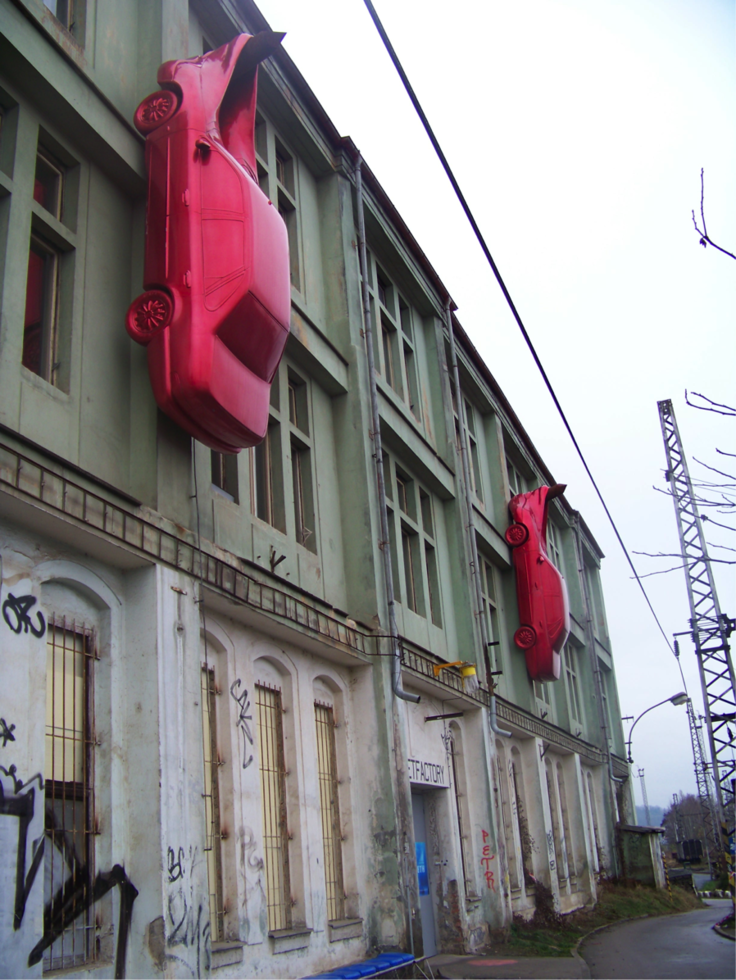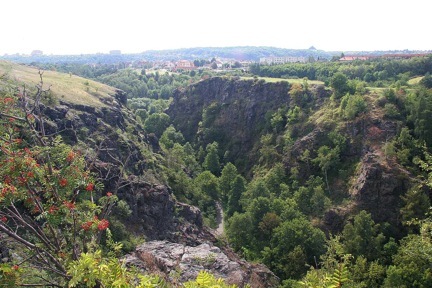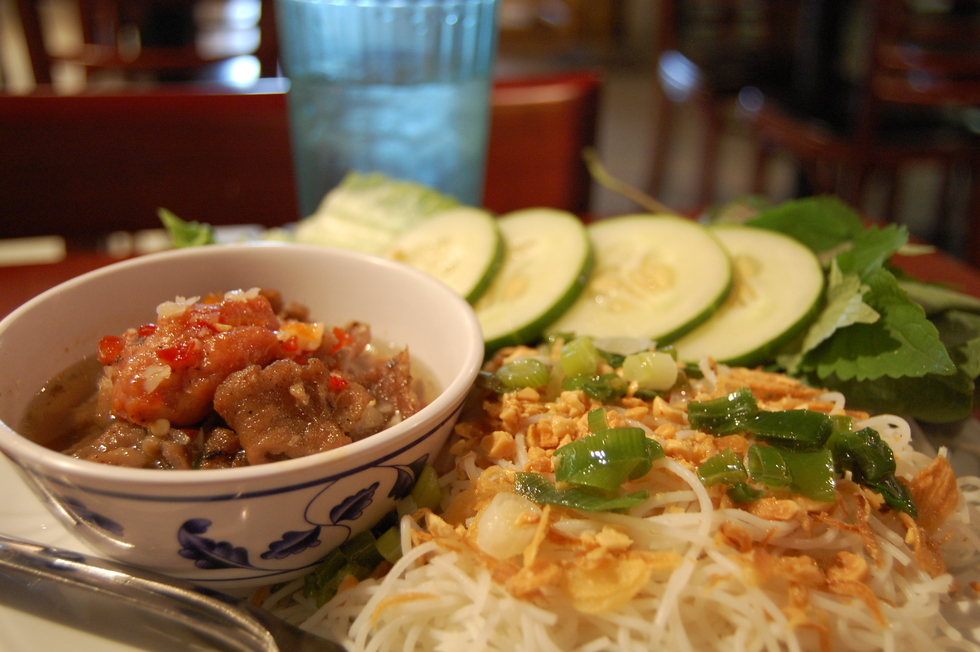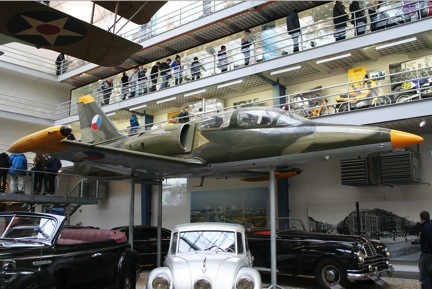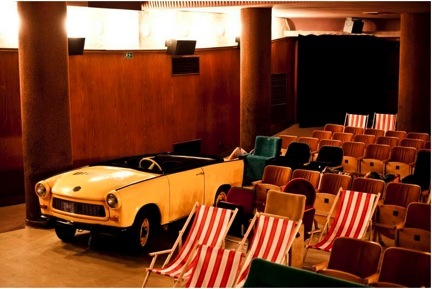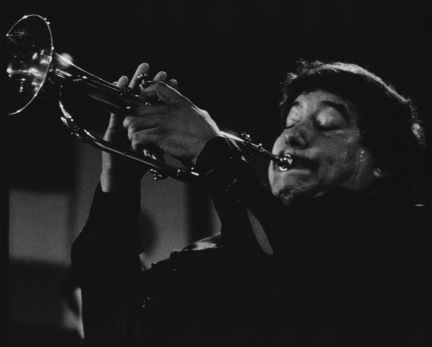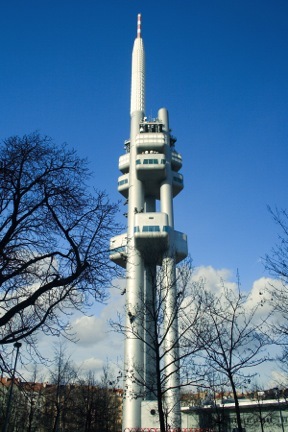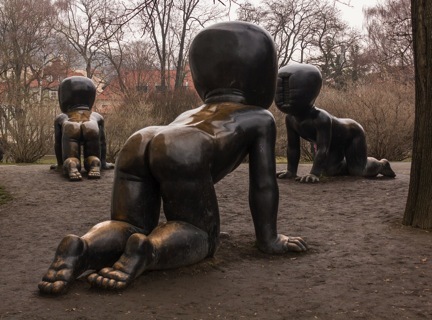Prague Off the Beaten Path: Discover These 10 Bohemian Gems
By Roxie Pell
Ah, Prague, that enchanting city of fairytale architecture, romantic riverside views, and legendary lagers. The aimless traveler can get lost in its winding cobblestone streets…and huge crowds of tourists.
Luckily, the Bohemian capital has plenty of secret spots and artsy enclaves outside the usual sightseeing circuit if you’re in the market for something a little different. Since the peaceful Velvet Revolution of 1989, Prague has established itself as a thriving hub of central European culture that continues to expand today. Explore Prague’s rich history and post-communist quirks with these ten off-the-beaten-path suggestions.
Luckily, the Bohemian capital has plenty of secret spots and artsy enclaves outside the usual sightseeing circuit if you’re in the market for something a little different. Since the peaceful Velvet Revolution of 1989, Prague has established itself as a thriving hub of central European culture that continues to expand today. Explore Prague’s rich history and post-communist quirks with these ten off-the-beaten-path suggestions.
Experience Prague’s Alternative Art
In its post-communist years, Prague has seen an explosion of expressive and unusual contemporary art to match the free spirit of the times. In the historically working-class neighborhood of Smíchov, artists have transformed abandoned buildings into happening multipurpose art spaces. Try David Černý’s eclectic Meetfactory, a renovated factory that now hosts projects of all imaginable kinds—whether getting inked in a temporary tattoo workshop or learning to screen print your own designs, you’re in for an adventure.
Other Smíchov venues worth checking out are avant-garde theatre Švandovo divadlo and the trendy new Radlická 125, another warehouse-turned-watering-hole that hosts everything from fashion shows to bike-painting lessons. For a slightly less interactive experience, see what’s on display at the DOX Centre for Contemporary Art in the up-and-coming neighborhood of Holešovice, or head to galleryNoD in Old Town for your coffee and culture fix.
Other Smíchov venues worth checking out are avant-garde theatre Švandovo divadlo and the trendy new Radlická 125, another warehouse-turned-watering-hole that hosts everything from fashion shows to bike-painting lessons. For a slightly less interactive experience, see what’s on display at the DOX Centre for Contemporary Art in the up-and-coming neighborhood of Holešovice, or head to galleryNoD in Old Town for your coffee and culture fix.
Get Some Fresh Air
Beautiful parks are everywhere in Prague, but few provide a real escape from the hustle and bustle of city life. Divoká Šárka, a hidden valley at the edge of Prague 6, is big enough for a day of hiking, swimming, and even golfing. Legend has it that Šárka, a beautiful female warrior and the park’s namesake, seduced her opponent Ctirad in a battle of the sexes for control of the city, later jumping off the cliff of “Girl’s Jump” because of a broken heart. Whatever your taste for folklore, this expansive nature reserve is the perfect place for a woodland stroll—see if you can spot one of the park’s indigenous Black Woodpeckers while you’re at it.
Shop (or Dine) at Sapa Vietnamese Market
Prague’s Vietnamese market, a maze of food stalls and tacky treasures on the outskirts of Prague 4, is great for a day of meandering and rummaging. Shoppers can grab a bowl of pho or a cup of bubble tea before perusing seemingly endless shelves of novelty items for cheap accessories and unusual souvenirs. Like most things in Prague, Sapa has a story behind it: during communism, the Czech government invited Vietnamese immigrants over as “guest workers.” And they liked it here—today the Vietnamese population comprises the third largest ethnic minority in the Czech Republic after Slovaks and Romanies. Visit Sapa if you really want to meet the locals.
Visit the National Technical Museum
Despite its no-frills name, the National Technical Museum is a fascinating alternative to more typical historical museums in Prague. With vast collections of everything from mining tools to photography equipment, its exhibits take viewers on a tour of history through the lens of technological development. The “Top Secret” exhibit allows hands-on access to spy gear, a surefire way to keep kids (and their stealthy parents) entertained.
Catch a Flick at an Arthouse Cinema
Czech film made a name for itself internationally with the subversive, experimental Czechoslovak New Wave of the 1960s, and Czechs remain enthusiastic moviegoers to this day. While Prague is not without its multiplexes, a number of small arthouse cinemas still screen the latest indie flicks and festival darlings alongside popular new releases. Visit 70-year-old mainstay Kino Aero, or check out Bio Oko, an Aero affiliate with a cozy café and motley décor (seating options in the theater include beach chairs and an indoor car). Don’t worry if your Czech isn’t quite up to snuff—both cinemas feature daily “English-friendly” films.
Get to Know Prague’s Jazz Scene
During the Nazi occupation of Prague, playing and listening to jazz in clandestine clubs was one of the many ways locals thumbed their noses at the occupiers (who restricted this genre of music). With that type of history, it's not surprising that Prague’s jazz scene is still a vibrant one, supporting a number of hoppin’ clubs and festivals . Swing by AghaRTA Jazz Centrum or U Malého Glena for a lively alternative to the usual tourist pick of Czech opera, and visit in April for Jazz Appreciation Month, when international acts descend on venues all over the city. History lovers should check out Reduta, Prague’s first professional jazz club where Bill Clinton once demonstrated his infamous saxophone skills.
Stroll Quirky Žižkov
Boasting a huge, futuristic TV tower and the world’s highest concentration of bars per capita, Žižkov’s alternative culture and ethnic diversity make it a must-visit for anyone searching for the “real” Prague. Climb the tower for fantastic views of the city, and be sure to get a look at the enormous statues of babies scaling the side. If that isn’t enough exercise, hike up Vítkov Hill to the National Monument, where the world’s largest equestrian statue sits atop a mausoleum housing communist politicians. The horse’s rider is Jan Žižka, a general who led the Hussites in the famous Battle for Vítkov Hill. Although the Czech Republic now ranks as the least religious country in the world, Czech priest Jan Hus put Prague at the center of the Protestant Reformation back in the 14th century.
Spending a night out in Žižkov is the best way to experience Prague’s multifaceted counter-culture. Pay whatever you please for customer-priced drinks at the Big Lebowski bar before heading to the classic Palác Akropolis for live music and a rebellious atmosphere.
Spending a night out in Žižkov is the best way to experience Prague’s multifaceted counter-culture. Pay whatever you please for customer-priced drinks at the Big Lebowski bar before heading to the classic Palác Akropolis for live music and a rebellious atmosphere.
Contemplate Unusual Street Art
The iconic Lennon Wall isn’t the only Bohemian graffiti worth seeing. Street art features prominently in many post-Soviet cities, and Prague is no exception. Head to the Florenc bus station to see the impressive stenciled artwork on a municipally sanctioned building, or snoop around the Holešovice neighborhood for colorful murals in unexpected places. Perhaps the most famous and certainly the most controversial public art in Prague is David Černý’s series of provocative sculptures located all over the city. Keep an eye out for giant babies, “peeing” statues, and Sigmund Freud hanging midair, and read up on Černý’s background of civil disobedience for context.
Head to Cross Club
More than just a nightclub, this alternative venue in Holešovice is itself a work of art. Ornamented by mechanical sculpture on its exterior and interior walls, Cross Club offers live acts, reggae, and all manner of electronic music depending on the night. Artsy yet laid-back, this funky bar is worth searching the industrial neighborhood for.
Clink Mugs at a Beer Garden
Sure, the popular Letná beer garden will be filled with tourists and locals alike during the warmer months, but who could resist the chance to experience Czech beer culture at its finest? Buy some sausage and bread at your nearest potraviny and have a picnic in one of Prague’s many outdoor drinking locations—Letná and Riegrovy Sady are the best and biggest. Be sure to brush up on the most important Czech phrase before you go: “Dám si pivo, prosím” translates to “I’ll have a beer, please.”
Winter visitors don’t have to miss out on the fun: visit one of the restaurant Lokál’s multiple locations for the full beer hall experience indoors. Beware of the beer cheese, though—after a few cold ones, the Slavic palette can get adventurous.
Winter visitors don’t have to miss out on the fun: visit one of the restaurant Lokál’s multiple locations for the full beer hall experience indoors. Beware of the beer cheese, though—after a few cold ones, the Slavic palette can get adventurous.





